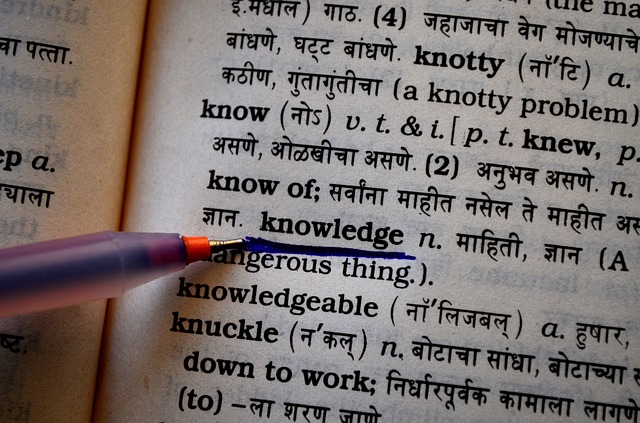One of the motives for writing my new book called Second Language Students in English-medium Classrooms is to highlight the new focus on international school students as bilinguals. We know that there are numerous reasons why maintaining emergent bilingual students’ home languages brings benefits and many schools offer home language classes in some form.
Now, in many English-medium classrooms in international schools, the home languages of emergent bilingual students are recognised as a valuable resource.
The following brief list sets out some of the ideas and practical strategies that contribute to a ‘language aware’ classroom.
Why should we develop bilingualism instead of insisting on ‘English-only’?
When emergent bilingual students are encouraged to incorporate their mother tongues meaningfully into on-going classroom activity, they continue to value their home languages and cultures. This makes the maintenance of home languages seem more worthwhile and relevant.
One of the benefits of a ‘language aware’ classroom is that emergent bilingual students feel able to celebrate their status as bilingual learners (as opposed to thinking of themselves as students ‘who can’t speak English’).
Students’ mother tongues can be used effectively ‘to clarify and support instruction’ in an English-medium classroom (to quote a phrase taken from the EAL Programme handbook on the Bavarian International schools.

How can we encourage emergent bilingual students to use their mother tongues productively?
There are several strategies involving the use of students’ mother tongues that serve to underpin and reinforce their learning. These include:
- Ensuring that prior learning in students’ home languages is brought into use when introducing a new topic or skill. (e.g. science content, mathematics problems.) Knowledge of the general facts and overall concepts relating to a topic helps their later learning in English.
- Encouraging students to use their home languages to search for references and examples that reflect their own history, geographical location and cultural landscape.
- Using students’ home languages alongside English as is found in ‘interlingual’ or ‘translanguaging’ classrooms. (Both these approaches are described in my book).
- Encouraging students to include real-life input by interviewing their family and friends overseas in their home languages by means of Skype, etc.
Finally, teachers are key players in creating an internationally-minded classroom where different languages and cultural references have a welcome place. They underpin this approach by talking about their own language learning development and their experiences as culture learners.
Do you use any other techniques for making the most of bilingualism in the classroom? Feel free to join in the discussion!




